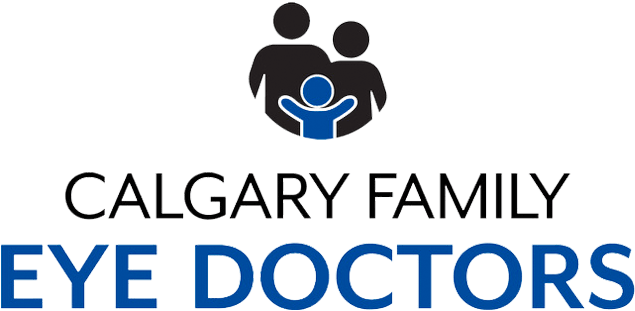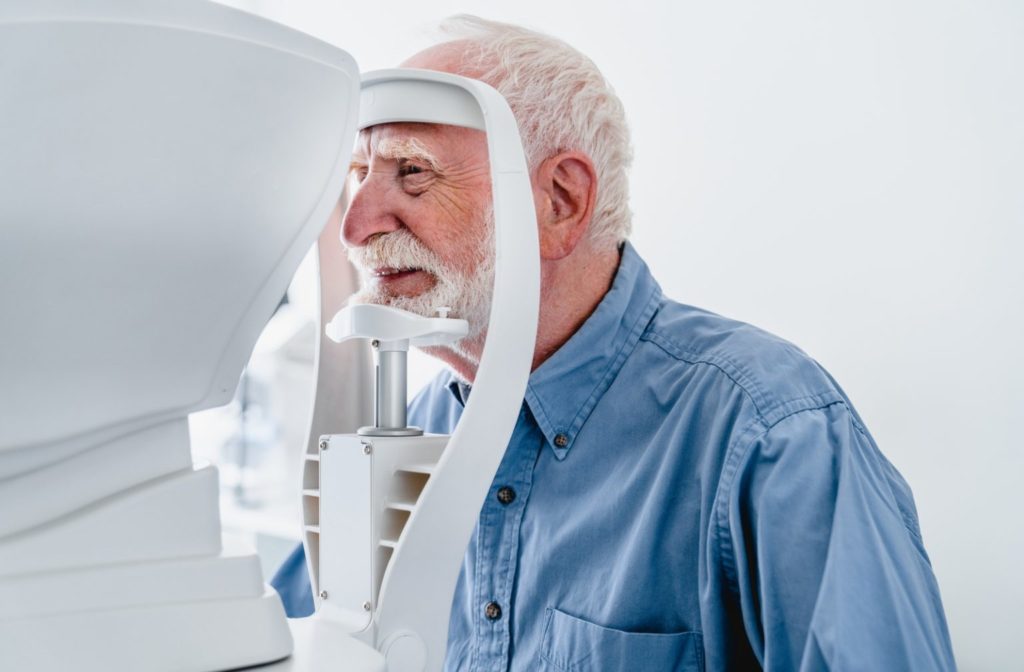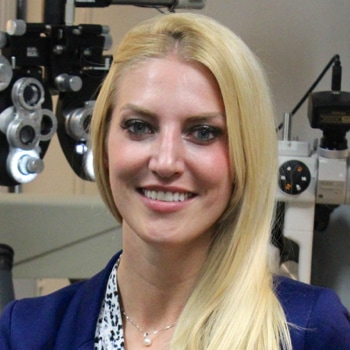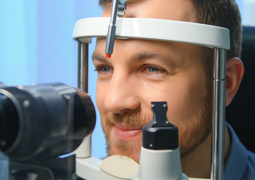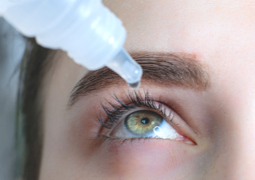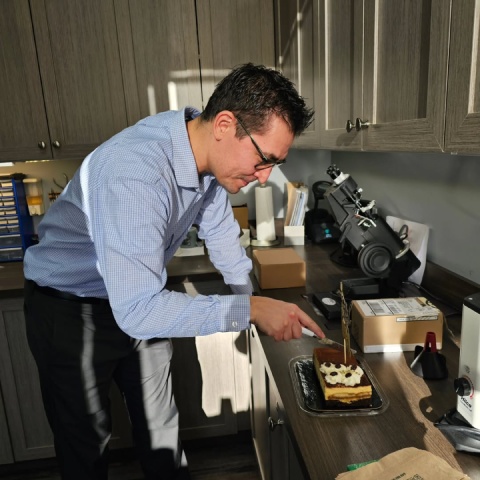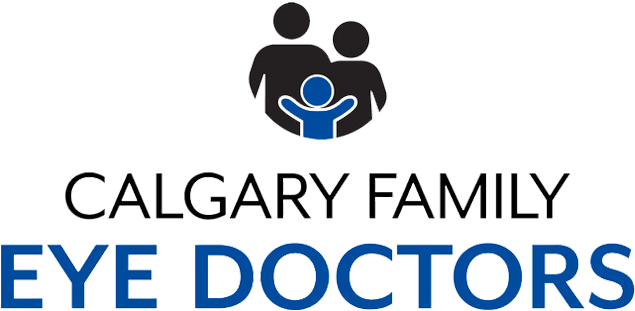Glaucoma is one of the leading causes of blindness for people over the age of 60, but it can occur at any age. Sometimes, glaucoma can develop without any symptoms or warning signs, and can only be detected during an eye exam.
Eye exams are crucial to keep your eye health and vision on the right track. But how do you know how often you should be getting an eye exam?
At Calgary Family Eye Doctors, we take the time to take a comprehensive look at your entire visual system during every eye exam, and can recommend a schedule suited to your individual needs.
Keep reading to learn more about glaucoma and how often you should see your eye doctor if you have this disease.
What is Glaucoma?
Glaucoma is a group of eye diseases that cause damage to the optic nerve, which occurs when the normal pressure inside the eyes, called intraocular pressure, slowly rises to an unhealthy level. This can result in vision loss and blindness.
Fortunately, if glaucoma is caught early enough in an eye exam, there are treatments available that can slow the progression of the disease.
Open-Angle Vs. Closed-Angle Glaucoma
There are two major types of glaucoma.
Open-Angle Glaucoma
Open-angle glaucoma is a type of glaucoma that progresses slowly. Unfortunately, open-angle glaucoma typically doesn’t present with symptoms so the disease may go unnoticed until it has advanced.
Closed-Angle Glaucoma
Closed-angle glaucoma is a type of glaucoma that can appear more suddenly. Closed-angle glaucoma tends to progress more quickly compared to open-angle glaucoma.
What Are the Symptoms of Glaucoma?
Glaucoma symptoms can vary depending on the type of glaucoma you have and how far it has progressed. Sometimes, you may not have any symptoms until the disease has advanced to a severe level.
If you have open-angle glaucoma, you may notice the following symptoms:
- Blind spots in one or both eyes
- Tunnel vision
If you have closed-angle glaucoma, you may notice the following symptoms:
- Headaches
- Blurred vision
- Eye pain
- Eye redness
- Nausea & vomiting
- Halos around lights
If you have any of the above symptoms, you should book an appointment to see your optometrist. Only an eye doctor can properly diagnose you with glaucoma and get you started with the appropriate treatment.
What Causes Glaucoma?
Glaucoma can occur without any specific cause, but can be affected by a number of risk factors, including:
- Increased intraocular pressure
- Being over the age of 60
- Being black, Asian or Hispanic
- Having a family history of glaucoma & other medical conditions
- Having certain medical conditions, including diabetes, heart disease, or high blood pressure
- Having thin corneas
- Being extremely nearsighted or farsighted
- Having had an eye injury or certain types of eye surgery
- Taking corticosteroid medications for an extended period
How Often Do Patients with Glaucoma Need an Eye Exam
It is recommended for all age ranges to see your optometrist once a year for eye exams. This gives you the best chance of detecting the early stages of eye disease.
If you have glaucoma, or if you’re at risk for glaucoma, you need to see your eye doctor for more frequent eye exams. According to the Canadian Ophthalmological Society (COS) and Alberta Health, it is suggested that people who have or are at risk for glaucoma have complete dilated eye examinations according to the schedule below:
- Every 3 years for those aged 40 to 49
- Every 2 years for those aged 50 to 59
- At least once a year for those aged 60 & over
How is Glaucoma Detected?
Your optometrist will check for glaucoma as part of your comprehensive dilated eye exam.
A dilated eye exam is quick and painless, but your vision may be blurry afterwards, so it’s best to arrange suitable transportation for after your appointment. During a dilated eye exam, your eye doctor will give you some eye drops to dilate, or widen, your pupil and then check your eyes for signs of glaucoma and other eye problems.
If your optometrist detects signs of glaucoma they will take the next steps to get you treatment to protect and preserve your vision.
Preventing Glaucoma
In addition to getting regular dilated eye exams, there are other steps you can take to lower your chance of developing glaucoma or slow its progression, including:
- Exercise regularly
- Take prescribed eye drops if recommended
- Wear eye protection
Are You Ready for Your Next Eye Exam?
Whether you have Glaucoma or not, it’s important to receive regular eye exams. Book an appointment with us at Calgary Family Eye Doctors to experience the comprehensive eye care experience you deserve.
